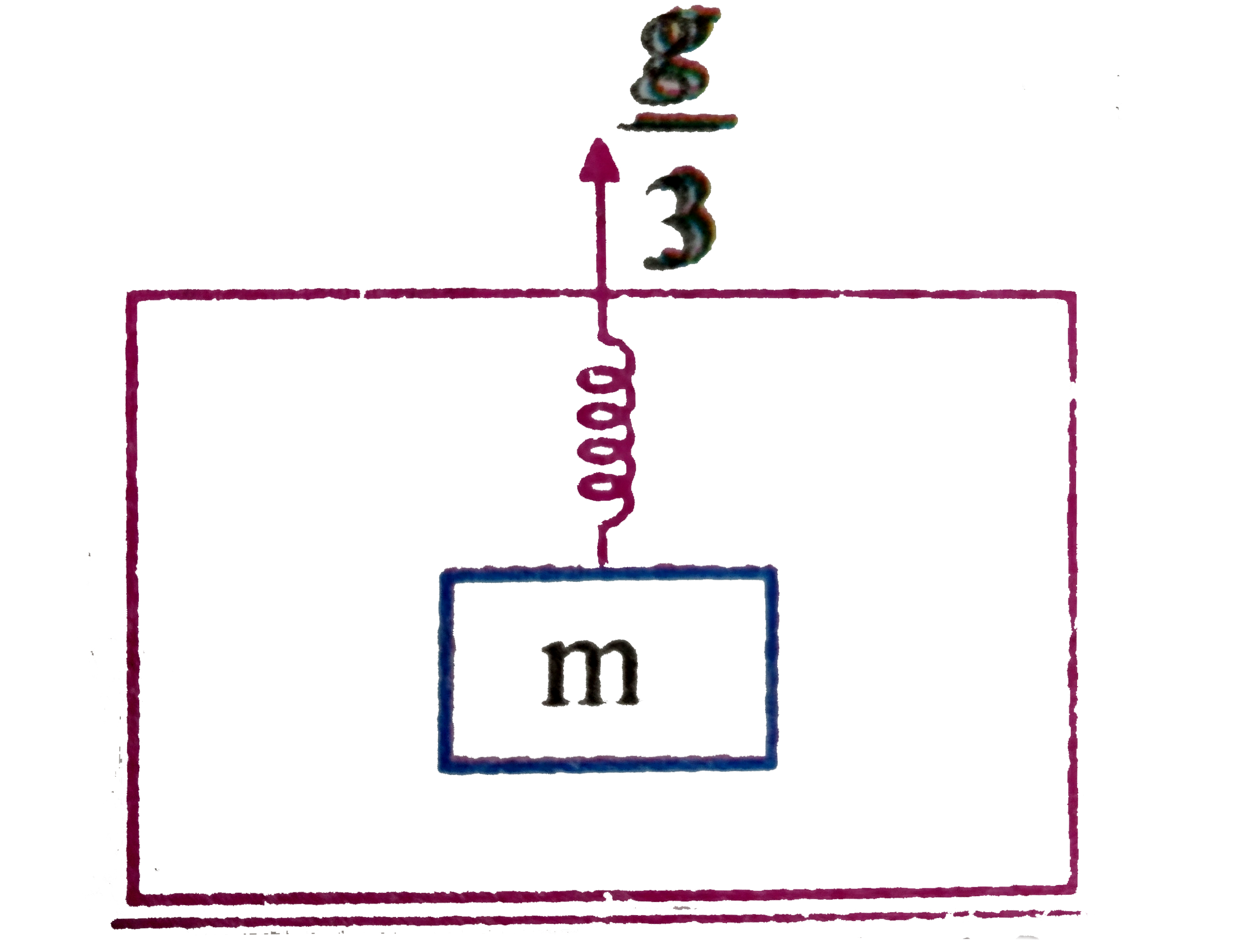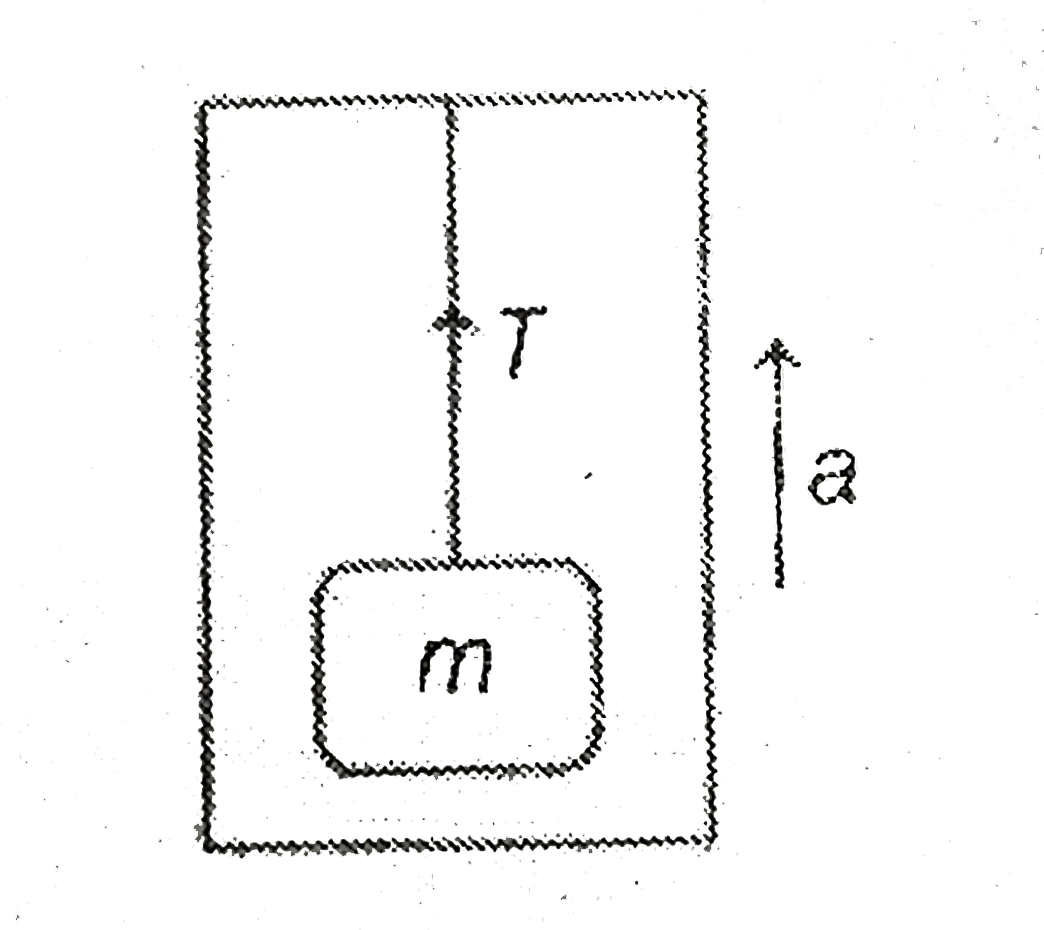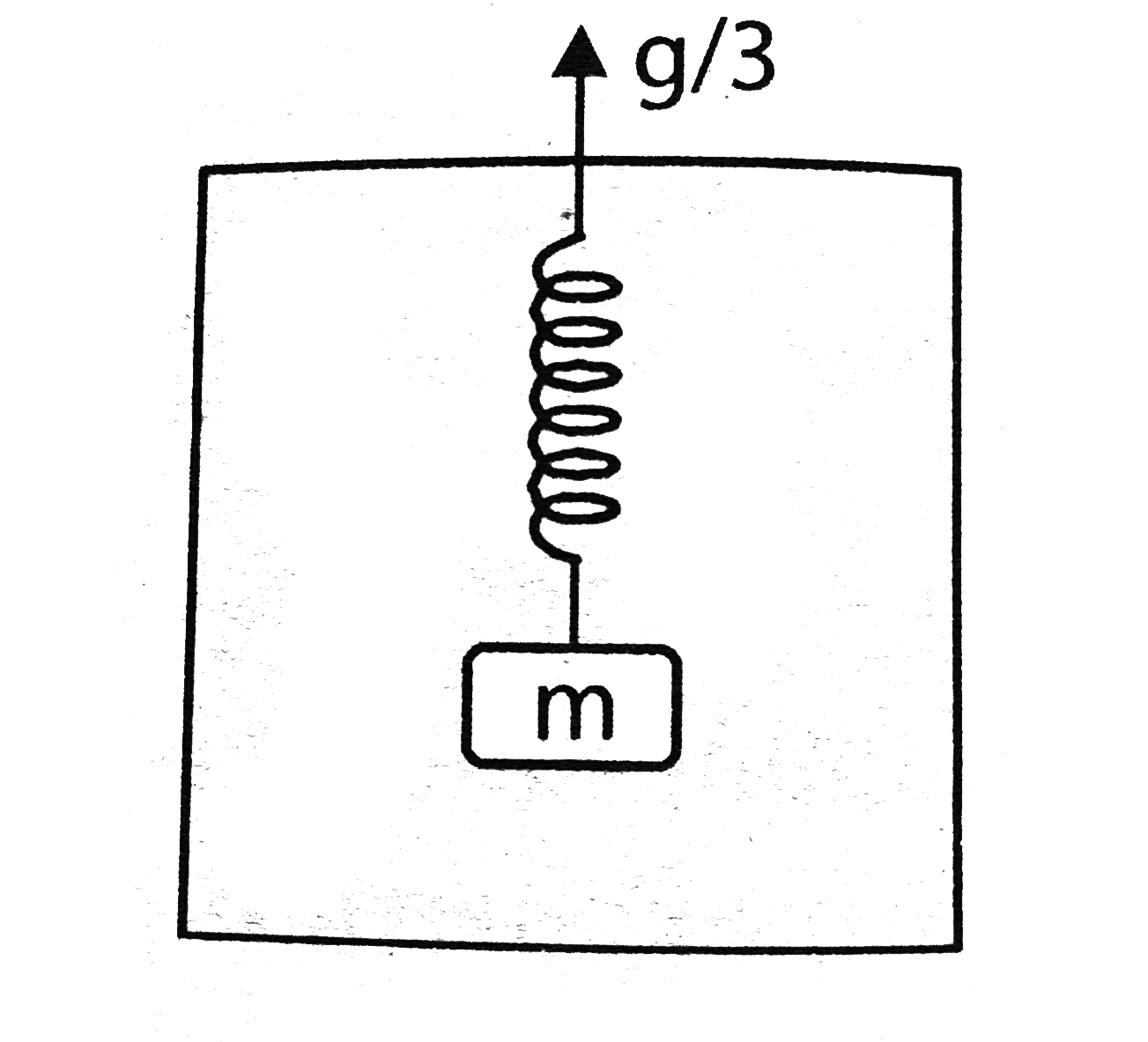The apparent weight of an object increases in an elevator while accelerating upward. A moongphaliwala sells his moongphali usinga beam balance in an elevator. Will he gain more if the elevator is accelerating up?
To determine whether the moongphaliwala gains more when the elevator is accelerating upward, we need to analyze the concept of apparent weight and how it affects the beam balance used for weighing.
1. Understanding Apparent Weight:
- The apparent weight of an object is the weight that is perceived when the object is in a non-inertial frame of reference, such as an accelerating elevator.
- When an elevator accelerates upward, the apparent weight of an object increases because the normal force acting on the object increases.
2. Effect of Elevator Acceleration:
- If the elevator is accelerating upwards with an acceleration a, the apparent weight W′ of the object can be calculated using the formula:
W′=mg+ma=m(g+a)
- Here, m is the mass of the object, g is the acceleration due to gravity, and a is the acceleration of the elevator.
3. Using a Beam Balance:
- A beam balance measures weight based on the equilibrium of forces. When the moongphaliwala places moongphali on one side of the balance, the weight measured will be the apparent weight.
- Since the apparent weight increases when the elevator accelerates upward, the reading on the beam balance will also increase.
4. Conclusion:
- Therefore, when the elevator is accelerating upward, the moongphaliwala will indeed gain more weight of moongphali as the beam balance will show a higher reading due to the increased apparent weight.
Final Answer:
Yes, the moongphaliwala will gain more if the elevator is accelerating upward because the apparent weight of the moongphali increases, leading to a higher reading on the beam balance.
---
- The apparent weight of an object is the weight that is perceived when the object is in a non-inertial frame of reference, such as an accelerating elevator.
- When an elevator accelerates upward, the apparent weight of an object increases because the normal force acting on the object increases.
- If the elevator is accelerating upwards with an acceleration a, the apparent weight W′ of the object can be calculated using the formula:
W′=mg+ma=m(g+a)
- Here, m is the mass of the object, g is the acceleration due to gravity, and a is the acceleration of the elevator.
- A beam balance measures weight based on the equilibrium of forces. When the moongphaliwala places moongphali on one side of the balance, the weight measured will be the apparent weight.
- Since the apparent weight increases when the elevator accelerates upward, the reading on the beam balance will also increase.
- Therefore, when the elevator is accelerating upward, the moongphaliwala will indeed gain more weight of moongphali as the beam balance will show a higher reading due to the increased apparent weight.
Yes, the moongphaliwala will gain more if the elevator is accelerating upward because the apparent weight of the moongphali increases, leading to a higher reading on the beam balance.
Topper's Solved these Questions
- NEWTON'S LAWS OF MOTIONBOOK - HC VERMACHAPTER - NEWTON'S LAWS OF MOTIONEXERCISE - Objective 1
14 Videos
- NEWTON'S LAWS OF MOTIONBOOK - HC VERMACHAPTER - NEWTON'S LAWS OF MOTIONEXERCISE - Objective 2
9 Videos
- NEWTON'S LAWS OF MOTIONBOOK - HC VERMACHAPTER - NEWTON'S LAWS OF MOTIONEXERCISE - Worked Out Examples
11 Videos
- LAWS OF THERMODYNAMICSBOOK - HC VERMACHAPTER - LAWS OF THERMODYNAMICSEXERCISE - Short Answer
15 Videos
- PHYSICS AND MATHEMATICSBOOK - HC VERMACHAPTER - PHYSICS AND MATHEMATICSEXERCISE - Exercises
34 Videos
Similar Questions
Knowledge Check
A spring of spring constant 200N/m has a block of mass 1kg hanging at its one end and other end of spring is attached to ceiling of an elevator. The elevator is rising upwards with an acceleration g/3. What should be the angular frequency and elongation during the time when the elevator is accelerating?
 A14.14rad/s,0.07mB13rad/s,0.1mC14rad/s,0.05D10rad/s,0.07
A14.14rad/s,0.07mB13rad/s,0.1mC14rad/s,0.05D10rad/s,0.07A block of mass m is suspended by a light thread from an elevator. The elevator is accelerating upward with uniform acceleration a. The work done by tension on the block during t seconds is (u = 0)
 Am2(g+a)at2Bm2(g−a)at2Cm2gat2D0
Am2(g+a)at2Bm2(g−a)at2Cm2gat2D0Assertion : The apparent weight of a body in an elevator moving with some downward acceleration is less than the actual weight of body.
Reason : The part of the weight is spent in producing downward acceleration, when body is in elevator.AIf both assertion and reason are true and the reason is the correct explanation of the assertionBIf both assertion and reason are true but reason is not the correct explanation of the assertionCIf assertion is true but reason is false.DIf the assertion and reason both are false.
A barometer is kept in an elevator accelerating upwards at 4.9m/s2. If the barometer reads 77 cm of Hg, what will be the air pressure in the elevator?
View SolutionA spring of spring constant 200N/m has a block of mass 1kg hanging at its one end and form the other and the spring is attached to a celling of an elevator. The elevator rises upwards with an acceleration of g/3.
When acceleration is suddenly ceased , then what should be the angular frequency and elongation during the time when the elevator is accelerating?

View SolutionIs Archimedes principle valid in an elevator accelerting up? In a car accelerating on a level road?
View SolutionA spring of force constant 200Nm−1 has a block of mass 10 kg hanging at its one end and the other end of the spring is attached to the celling of an elevator. The elevator is rising upwards with an acceleration of g4 and the block is in equilibrium with respect to the elevator . when the acceleration of the elevator suddenly ceases , the block starts oscillating . What is the amplitude (in m) of these oscillations ?
View SolutionA person is standing in an elevator. In which situation he finds his weight less ?
View Solution
